Eberly Library
Introduction
Text-to-speech Audio
Images
Eberly Library Cornerstone is Laid
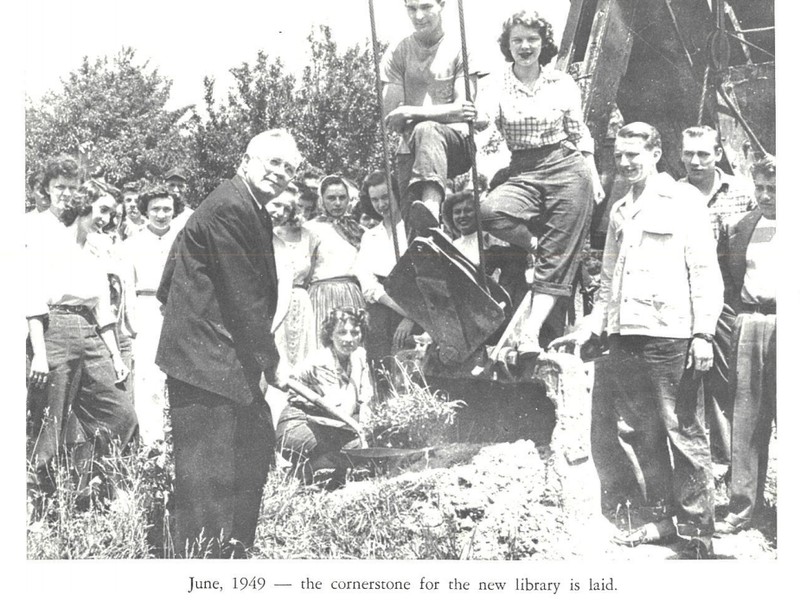
Eberly Library Architect's Conception
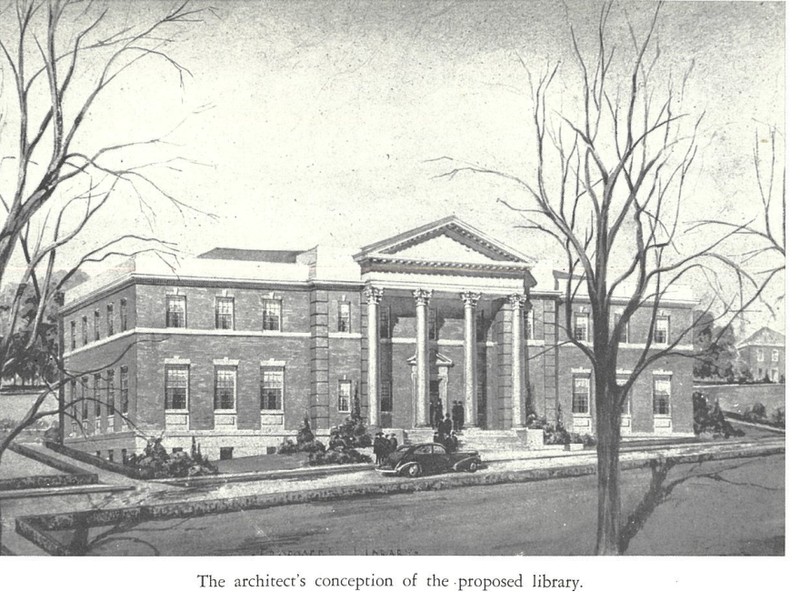
Eberly Library

Eberly Library Completed in 1955
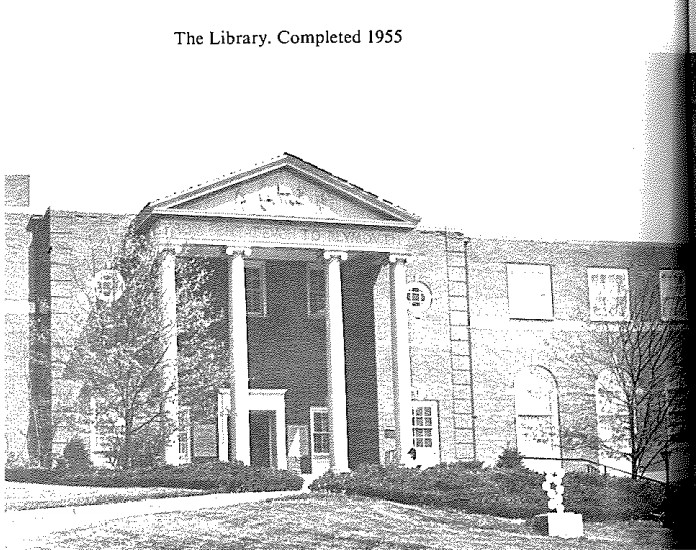
Eberly Library

Eberly Library Circulation Desk
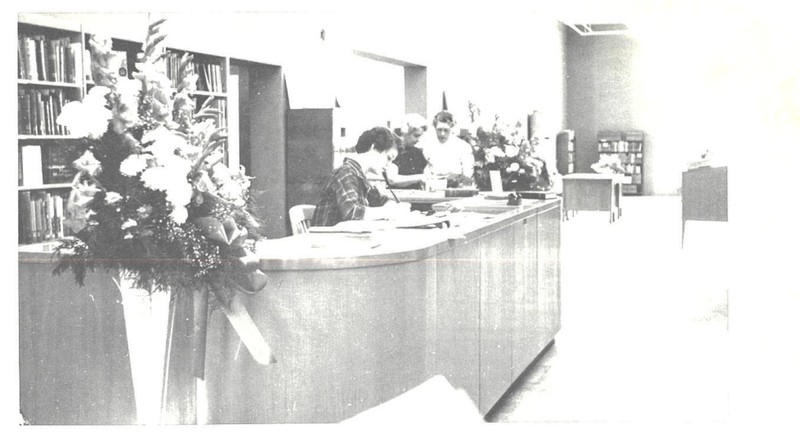
Eberly Library Put to Use
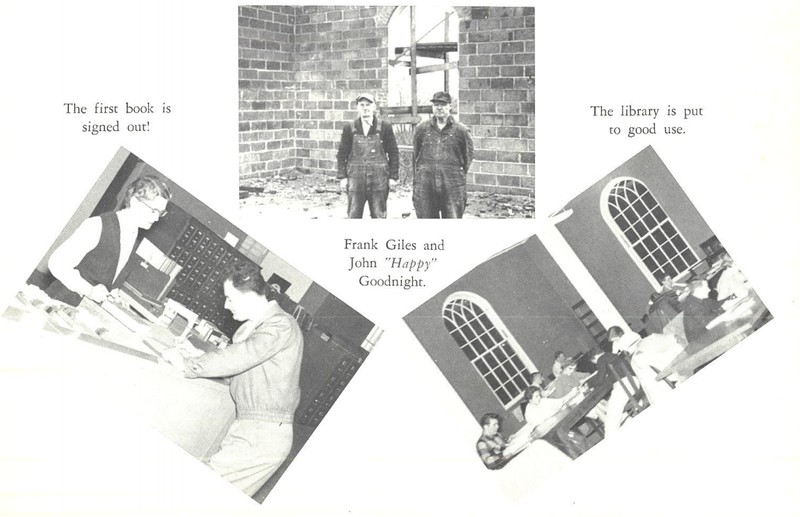
Eberly Library on the Cover of Mad Anthony Yearbook 1956
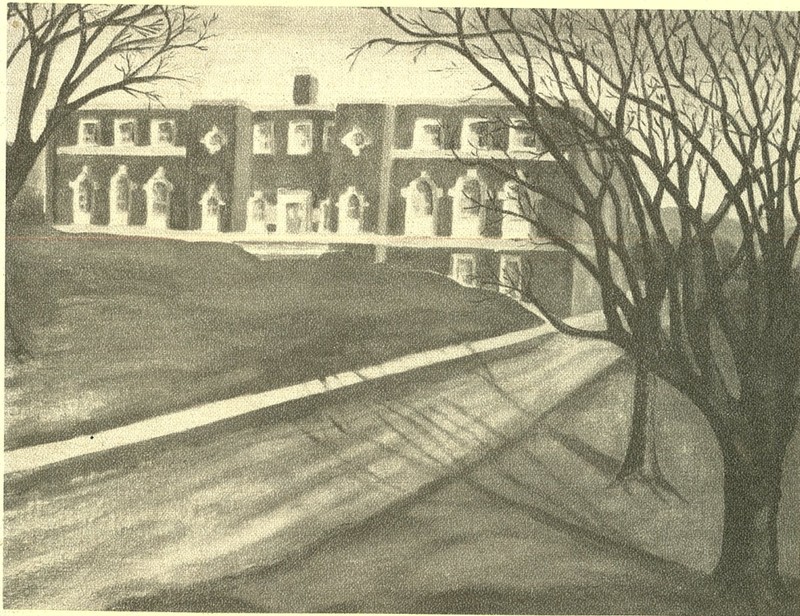
Eberly Library Close Up

Eberly Library
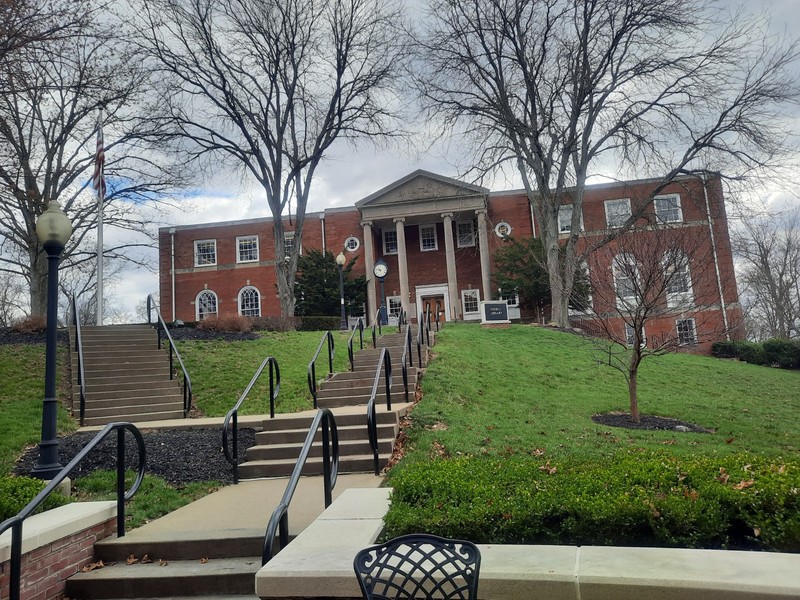
Circulation Desk
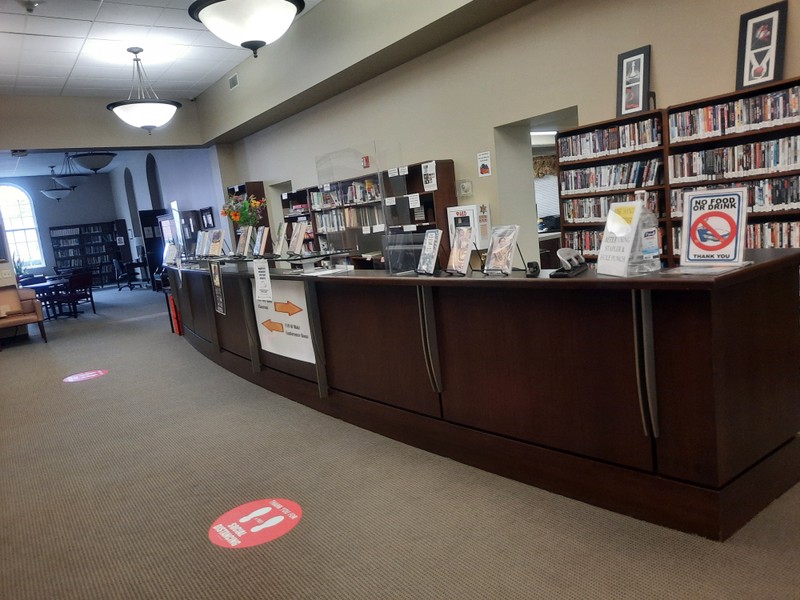
900s Book Stacks
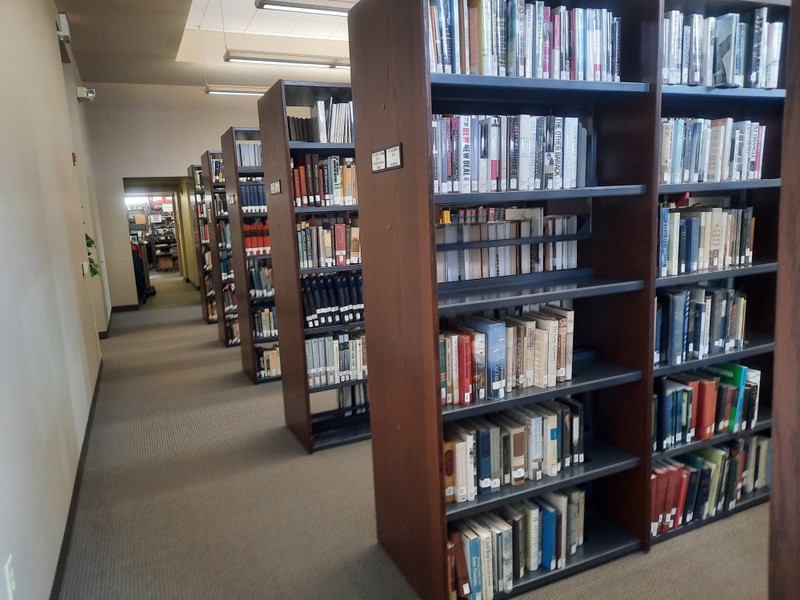
B.F. Maiz Center Doors
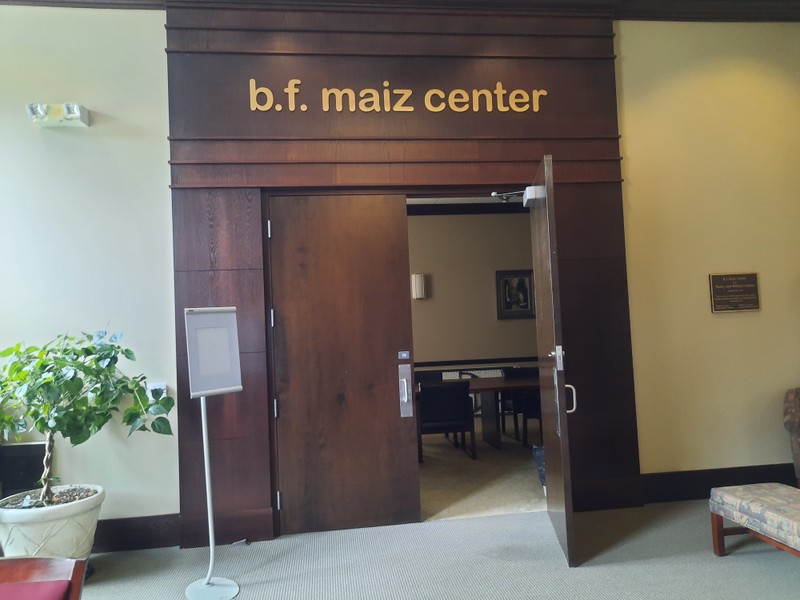
B.F. Maiz Center Conference Room
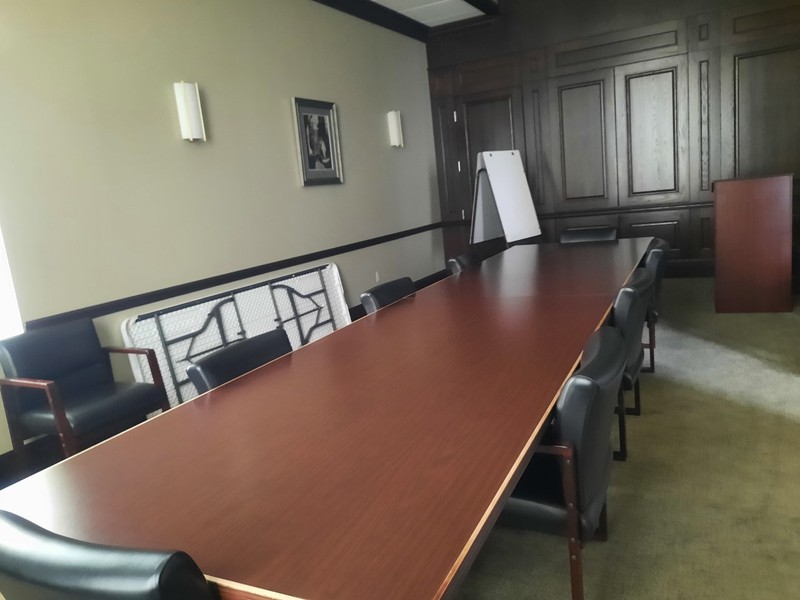
Guesman Reading Room
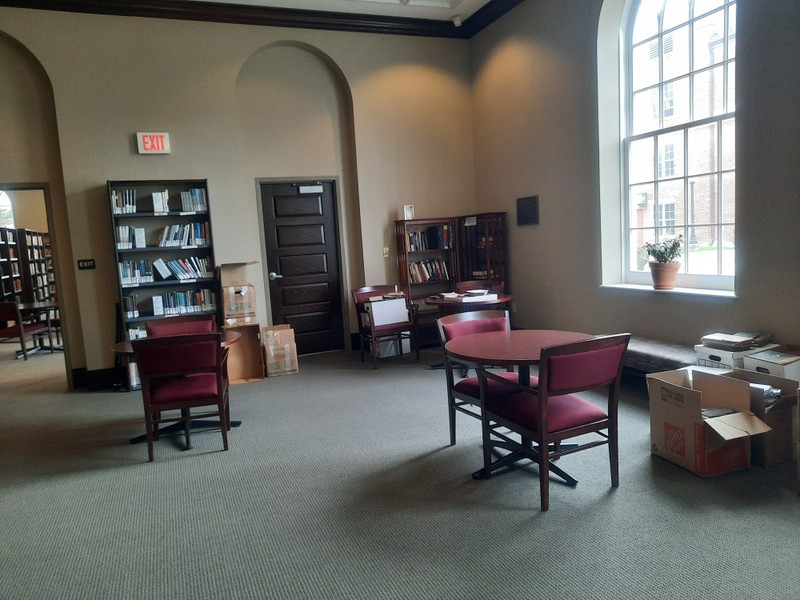
Periodical Work Area

Periodical Section Book Stacks
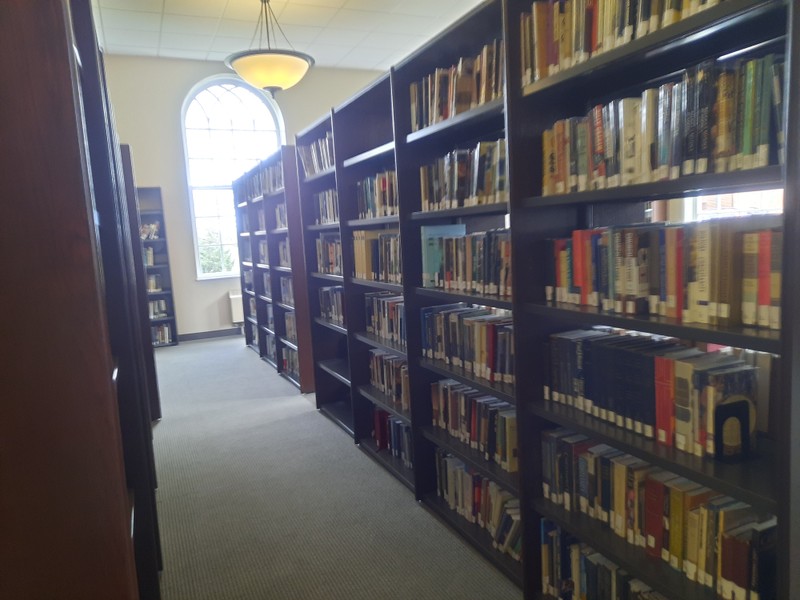
Children's Literature Room
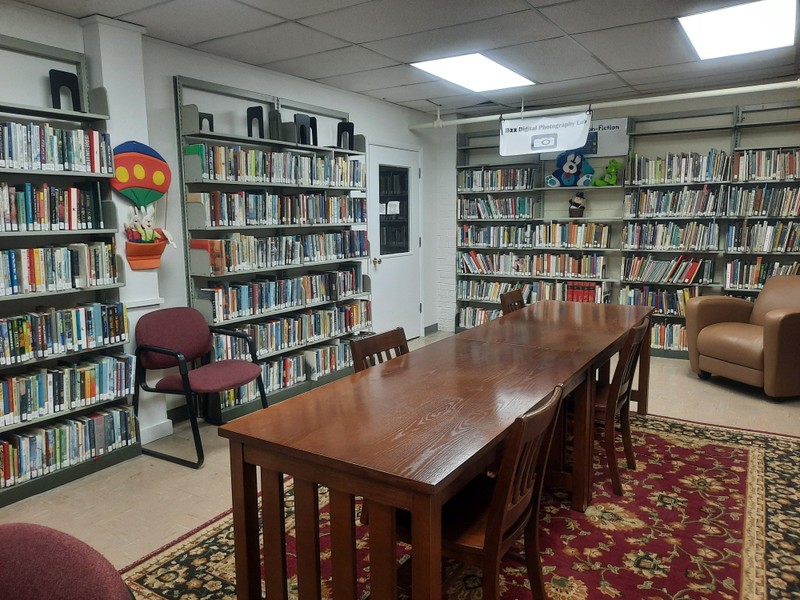
Knox Computer Lab Sign
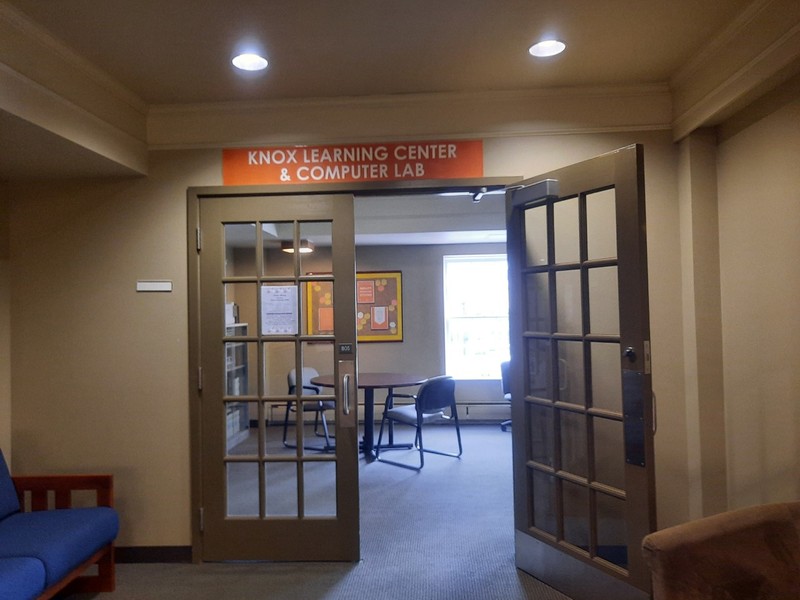
Knox Computer Lab
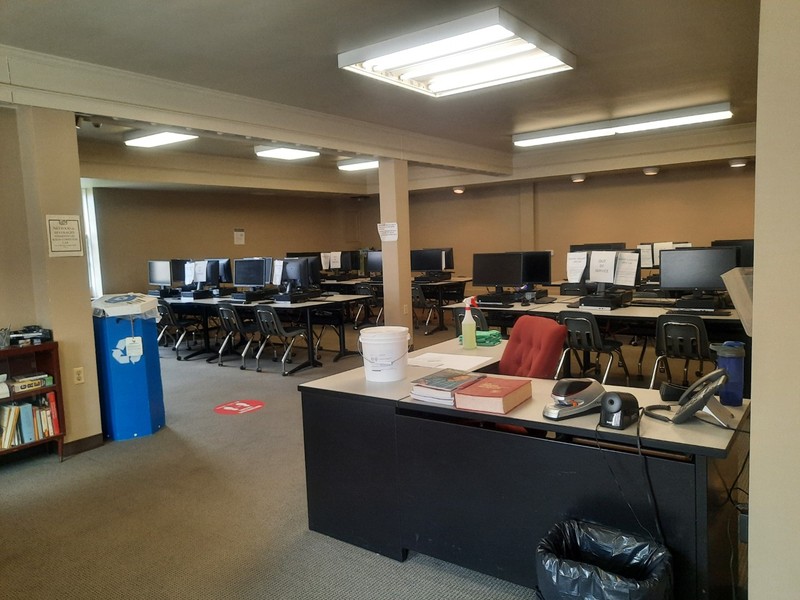
800s Book Stacks
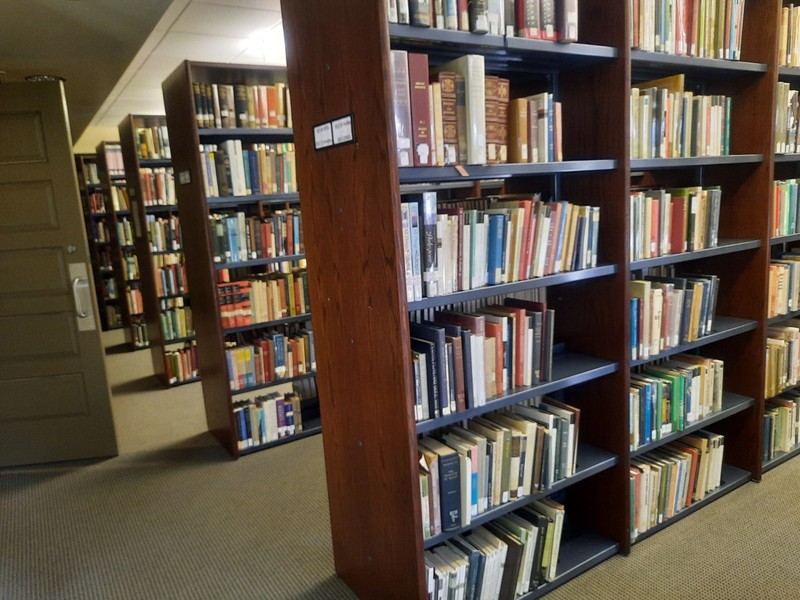
Study Tables Outside of Knox
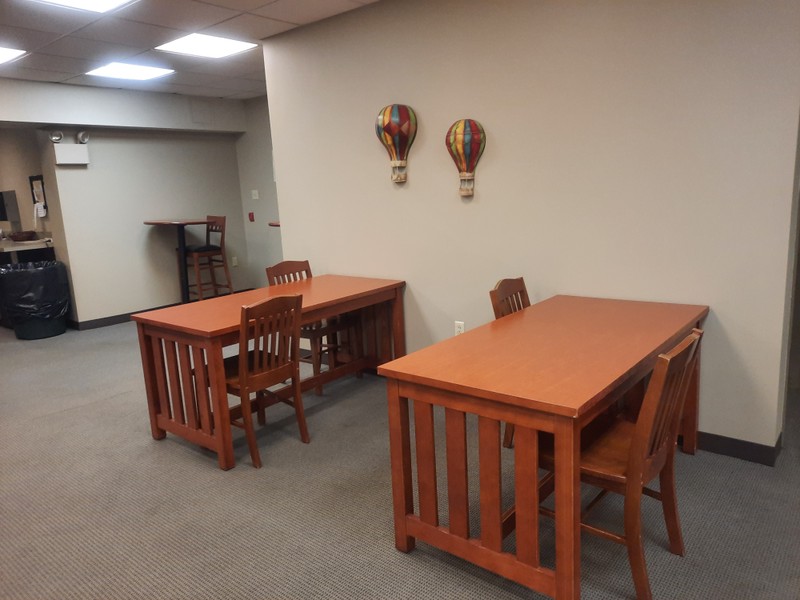
Study Tables Outside of Writing Center with Comfy Chairs

Study Tables Outside of Writing Center
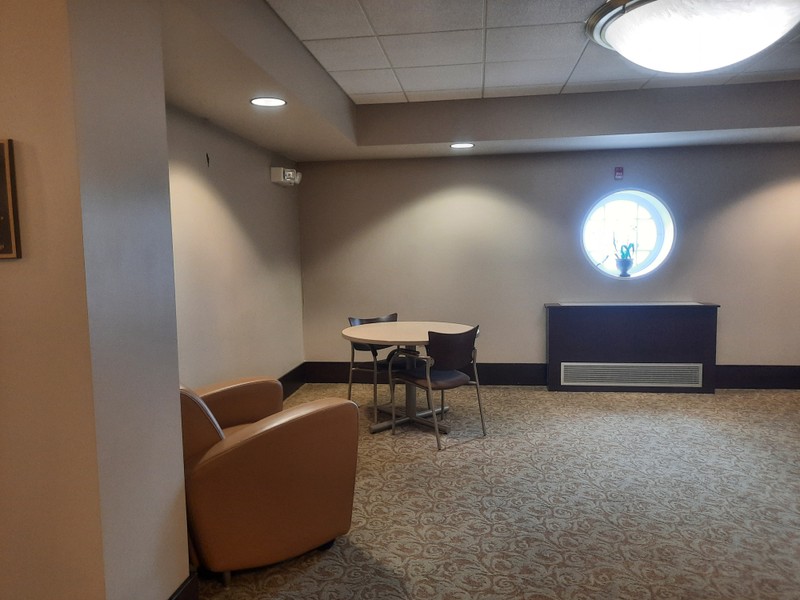
Writing Center Doors
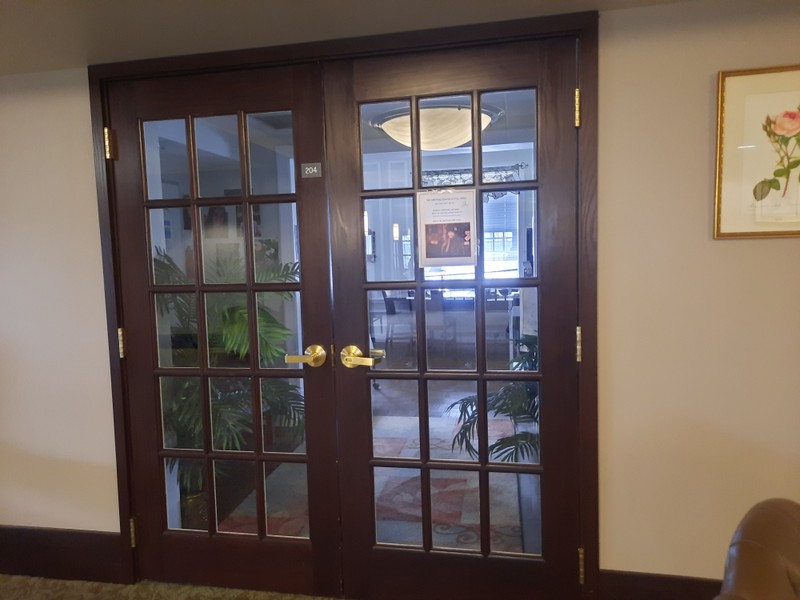
DeWeese Center Plaque
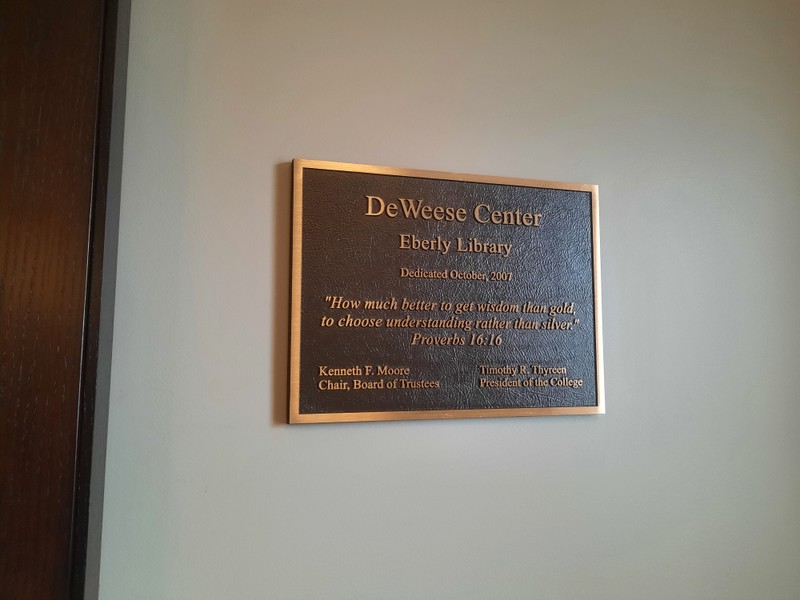
DeWeese Center
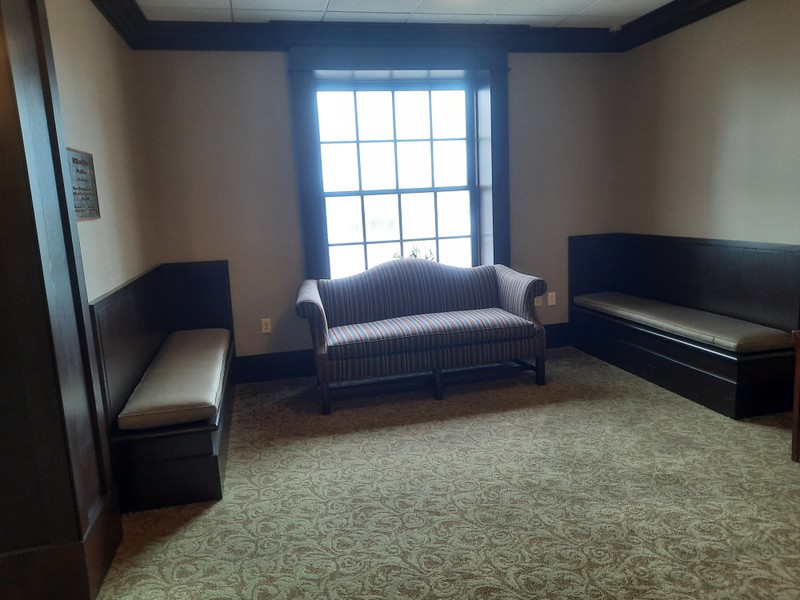
Skylight Room Table
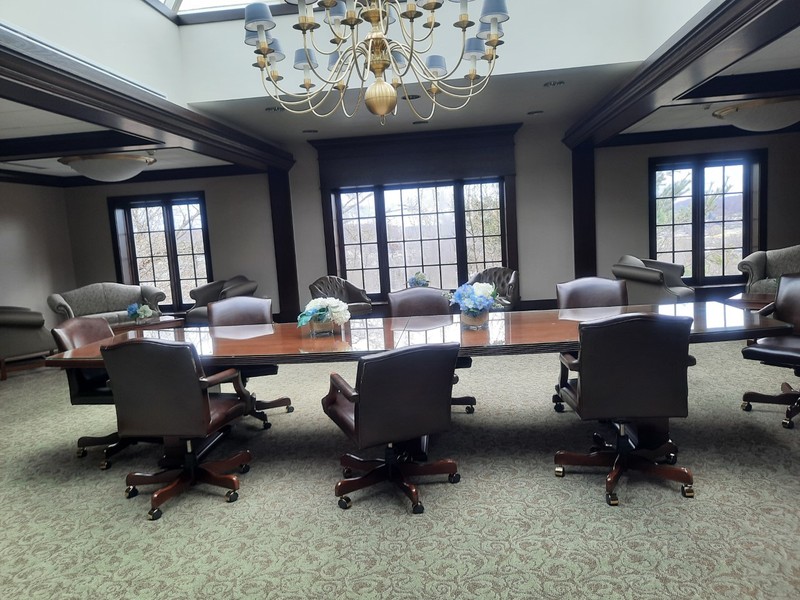
Skylight Room Chairs
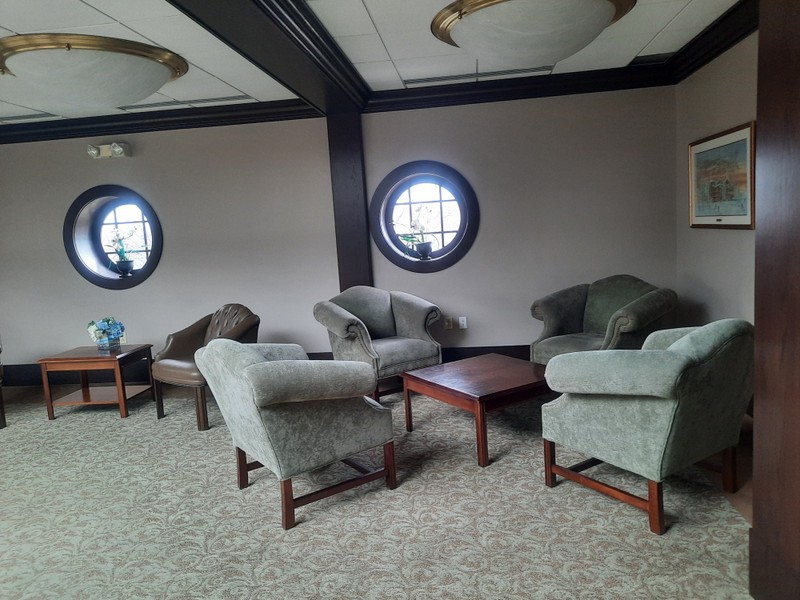
Skylight in the Skylight Room
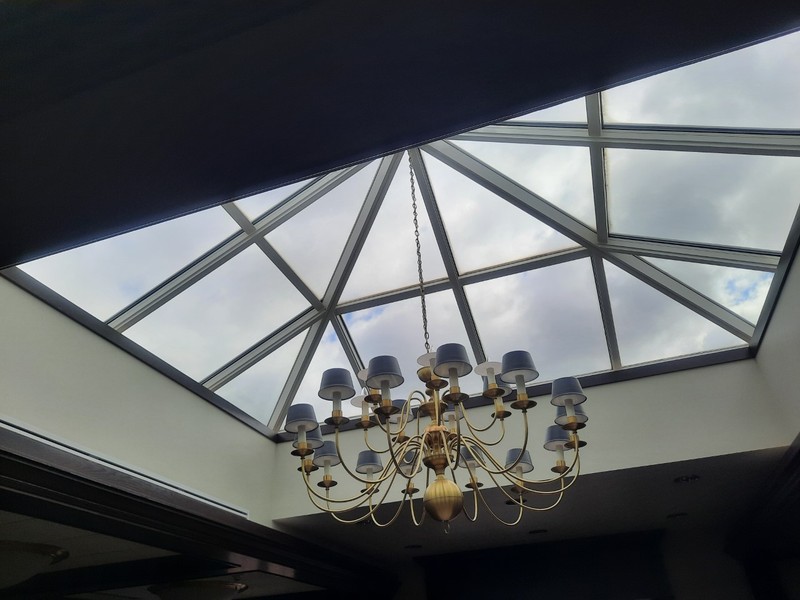
Skylight Room Chandelier
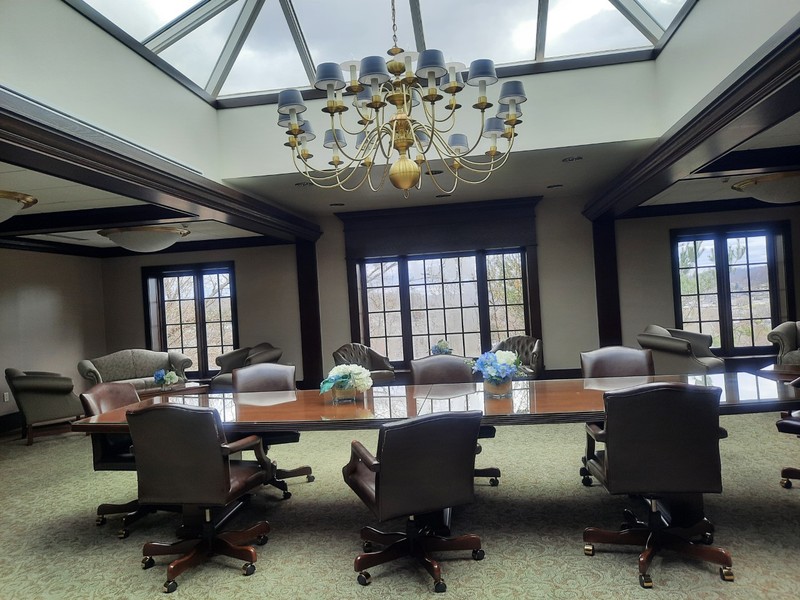
Fiction Section Work Areas
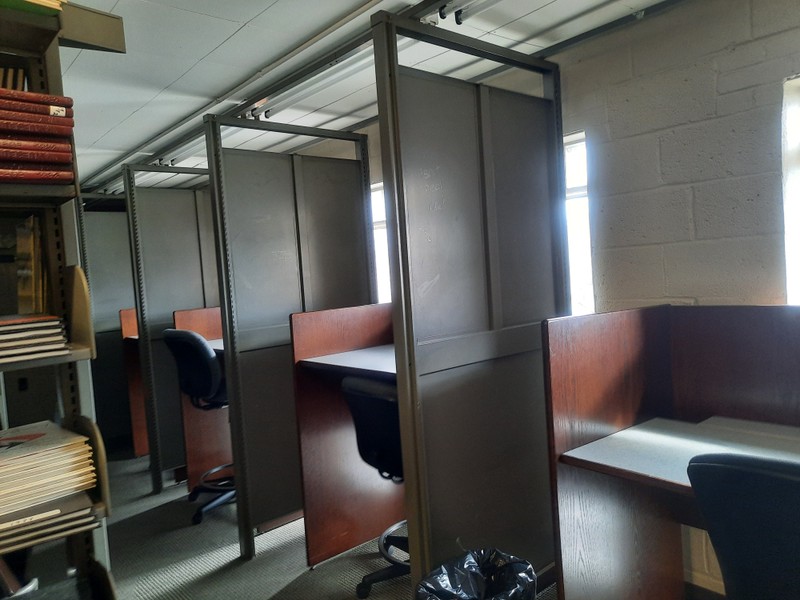
Fiction Section Mad Anthony Yearbooks
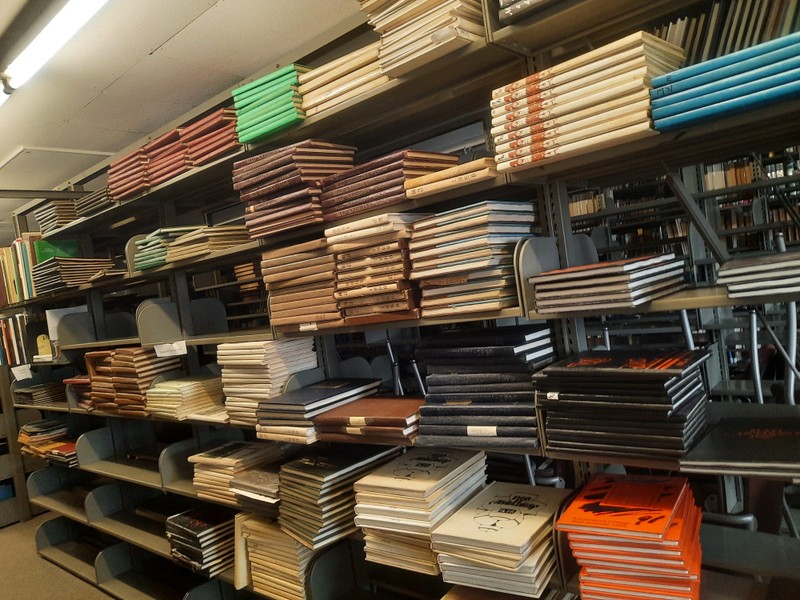
Stover Center Plaque
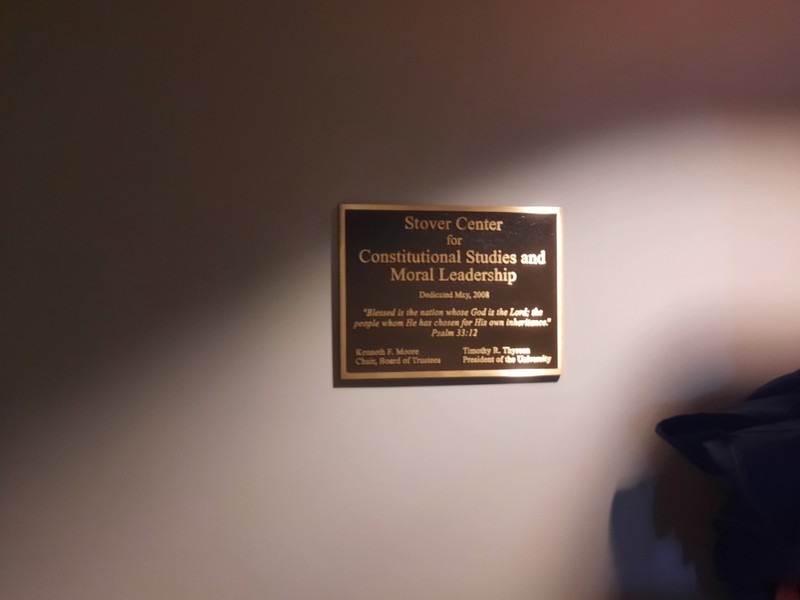
Stover Center
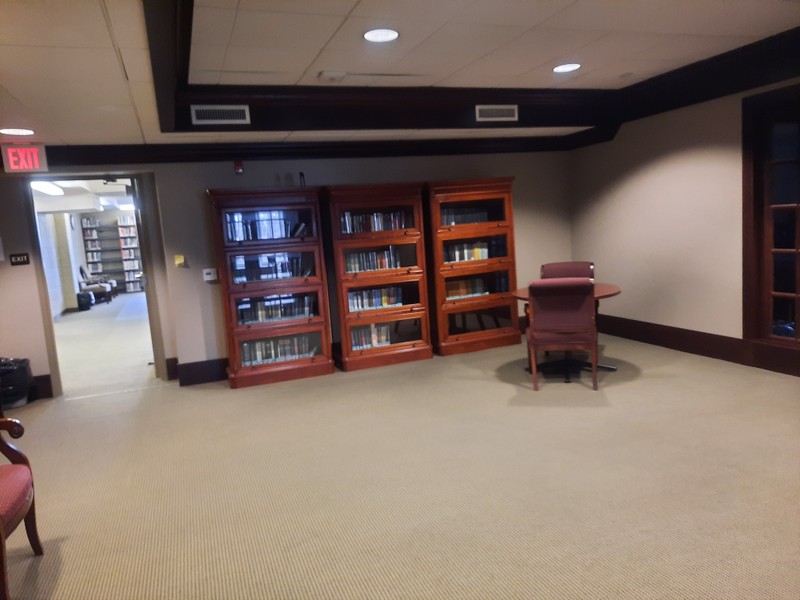
Stover Center Conference Room
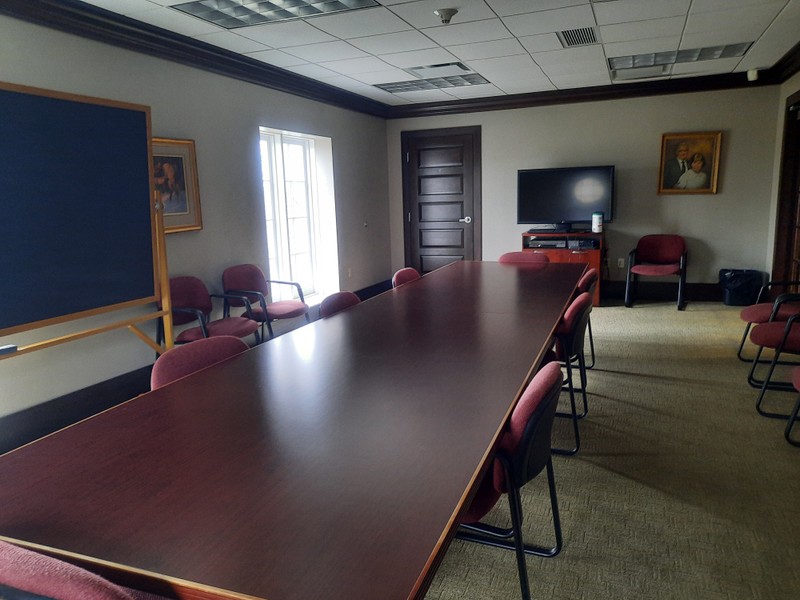
300s and 600s Book Stacks
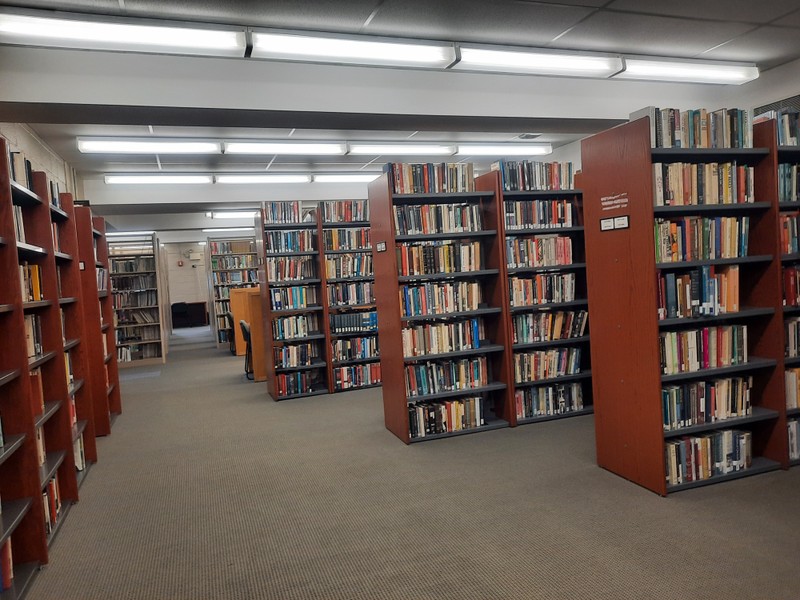
Trans Appalachian Room Door
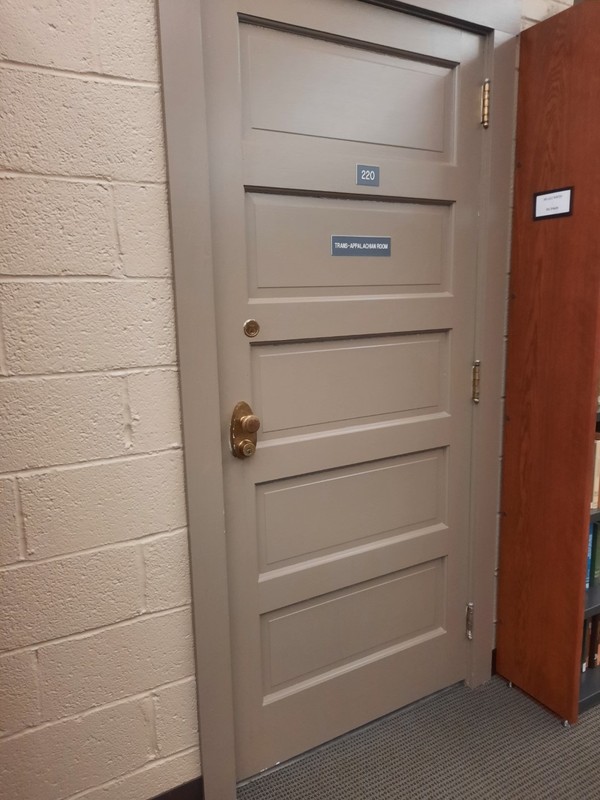
300s and 600s Section Desks
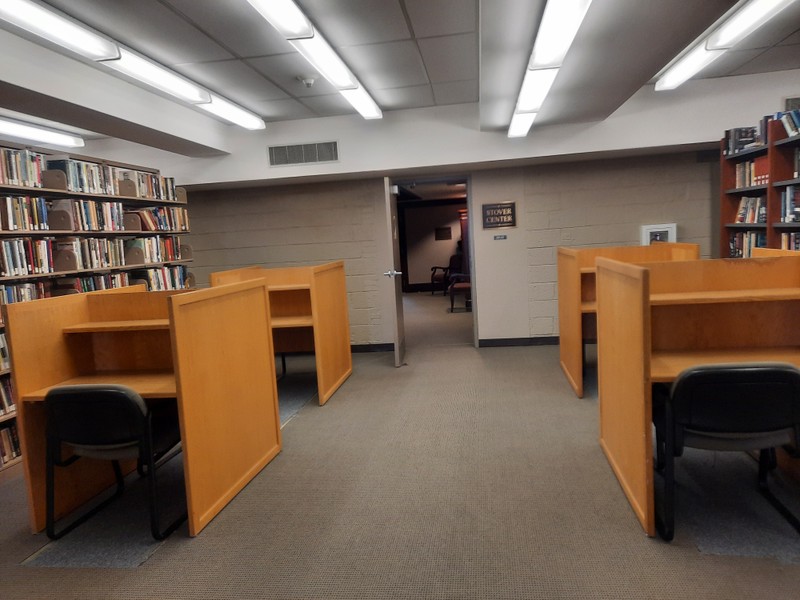
300s and 600s Book Stacks and Desks
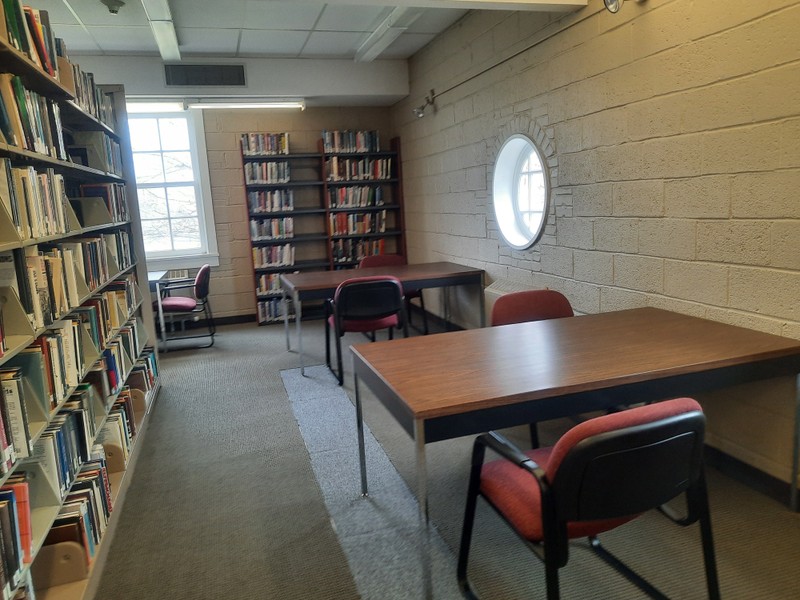
900s Section Desks

Children's Room Doorway View
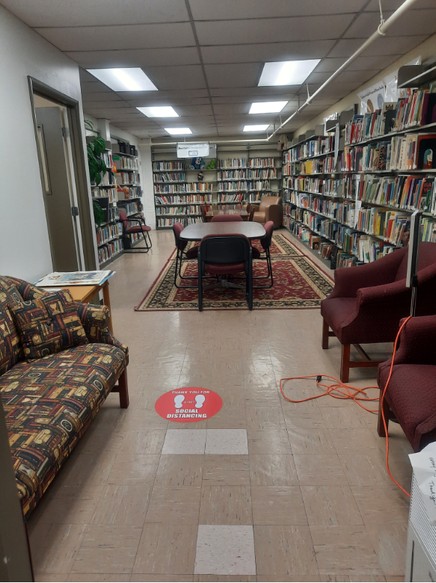
Fiction Section Book Stacks
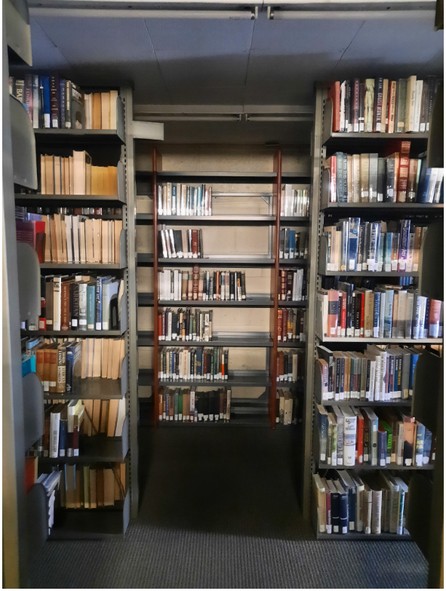
Reference Area Desks
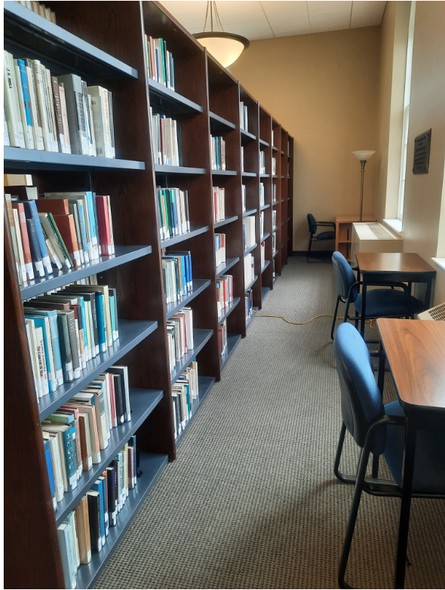
Backstory and Context
Text-to-speech Audio
In June of 1948, President Stewart recommended that a library should be built. For about half of a century, the library was located on the second floor of Miller Hall. It was fine in the early decades of the college when student enrollment was low due to World War II. After an increase in student enrollment, more space was needed for the library. The trustees of the college purchased a lot on College Heights for $3,000 for the new building which overlooked the campus. The cornerstone was laid by Governor James H. Duff on June 12, 1949 before commencement exercises. The building was meant to be modern in all of its aspects, and was to include enough room for stacks, carrels, reading rooms, offices, and storage.
The library was going to include two interesting rooms: the Trans Appalachian Room and the French Room. The Trans App room was placed by Thomas H. Hudson, William M. Hudson, and certain heirs of Stephen L. Mestrezat. The room would be for the use of historians interested in researching the area. The room still exists today, containing books and resources on the history of this area and is available for access upon request. The French Room was made possible through the generous donation of Bessina Hoge, in honor of her daughter Margaret Hoge Reavis. She left a collection of French furniture, rugs, draperies, and other materials reminiscent of the reigns of Louis XIV and Louis XV, plus a fund in which the interest would be used to maintain the room. This is now currently the home of the Writing Center, a place where students can go to receive help on their papers and projects.
The building was finished on May 23, 1955 when students carried all of the books from the “Old Library” on the second floor of Miller to the “New Library.” There are a few more noteworthy rooms in the library that were sponsored by various people. One was a study room dedicated in honor of Dan C. Longanecker, Jr., a former student of the college who gave his life for this country in France during WWII, which was finished and furnished by his parents. Another room was the “Ellen Troutman Thompson Memorial Room” which was made possible through the donation from Robert D. Thompson, ’48, in honor of his deceased wife, class of 1951. The room was used for periodicals, microfilms, government documents, and musical collections. A gift from Mrs. Warren S. Ege was used to establish a room in memory of her father, the Honorable John Clark Knox, ’02. The “John Clark Knox Memorial Room” is located on the ground floor of the library. Today it is now used as a computer lab for students to use.
Today the library has three floors, and is much larger than it used to due to the addition of the back half of the library. The main floor of the library has two classrooms/seminar rooms: the Dayle McCurdy Tony Smart Classroom and the B.F. Maiz Center for Poetry and Biblical Justice. The Guesman Reading and Reflection room is located in front of the B.F. Maiz room where the Faith and Learning books are located. On the top floor are the Stover Center for Constitutional Studies & Moral Leadership, the Dayle McCurdy Tony Reading Room, and a conference/study room. The Trans Appalachian Room is also located on the top floor with a large collection of materials that historians can use to research this area. The room is also currently being used by student volunteers on campus to do various historical projects with old newspapers and documents donated by alumni. The basement of the library houses the Knox Computer Lab and a well-stocked room filled with children’s books as well as a study area.
The library has many resources available for student use including online databases. There is also an Inter-Library Loan (ILL) team that works hard to get resources from other libraries for students to use in their research assignments. The librarians at Eberly are always happy to help students and other faculty members with any assignments or research. Students even have the option of becoming student workers with the library and learning how to shelve books, process books, check out and check in items for other students, work on the ILL team, and complete inventory for the library.
Sources
Academic and Administrative Buildings, Waynesburg University. Accessed March 27th 2021. https://www.waynesburg.edu/catalog/university/academic-and-administrative-buildings.
Dusenberry, William H. The Waynesburg College Story 1849-1974. Kent State University Press, 1975.
Waynesburg University, Mad Anthony Yearbook, Waynesburg, PA: 1955.
Waynesburg University, Mad Anthony Yearbook, Waynesburg, PA: 1956.
Waynesburg University, Mad Anthony Yearbook, Waynesburg, PA: 1956.
Waynesburg University, Mad Anthony Yearbook, Waynesburg, PA: 1956.
Waynesburg University, Mad Anthony Yearbook, Waynesburg, PA: 1956.
Dusenberry, William H. The Waynesburg College Story 1849-1974. Kent State University Press, 1975.
Waynesburg University, Mad Anthony Yearbook, Waynesburg, PA: 1955.
Waynesburg University, Mad Anthony Yearbook, Waynesburg, PA: 1956.
Waynesburg University, Mad Anthony Yearbook, Waynesburg, PA: 1956.
Waynesburg University, Mad Anthony Yearbook, Waynesburg, PA: 1956.
Photography by Elena Kubat
Photography by Elena Kubat
Photography by Elena Kubat
Photography by Elena Kubat
Photography by Elena Kubat
Photography by Elena Kubat
Photography by Elena Kubat
Photography by Elena Kubat
Photography by Elena Kubat
Photography by Elena Kubat
Photography by Elena Kubat
Photography by Elena Kubat
Photography by Elena Kubat
Photography by Elena Kubat
Photography by Elena Kubat
Photography by Elena Kubat
Photography by Elena Kubat
Photography by Elena Kubat
Photography by Elena Kubat
Photography by Elena Kubat
Photography by Elena Kubat
Photography by Elena Kubat
Photography by Elena Kubat
Photography by Elena Kubat
Photography by Elena Kubat
Photography by Elena Kubat
Photography by Elena Kubat
Photography by Elena Kubat
Photography by Elena Kubat
Photography by Elena Kubat
Photography by Elena Kubat
Photography by Elena Kubat
Photography by Elena Kubat
Photography by Elena Kubat
Photography by Elena Kubat
Photography by Elena Kubat
